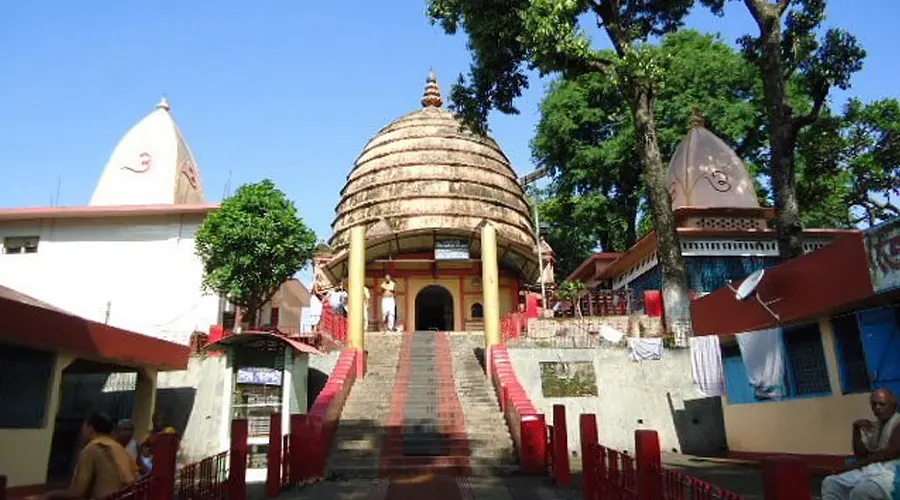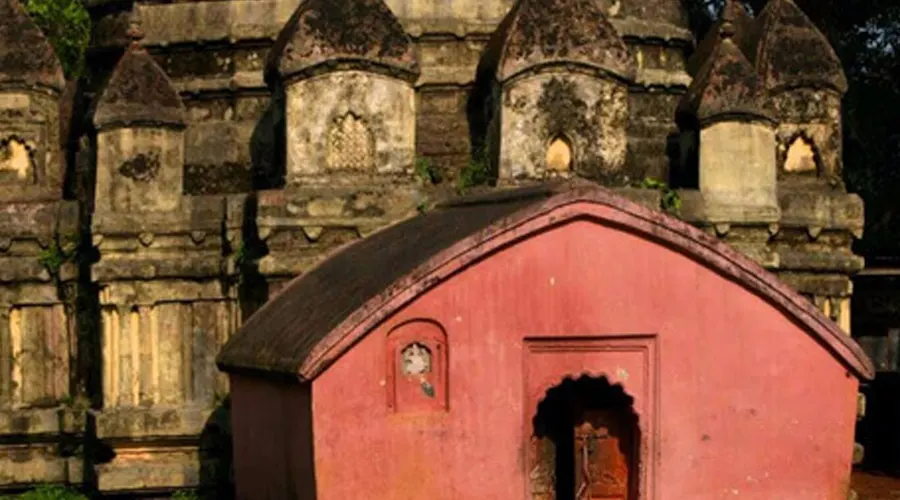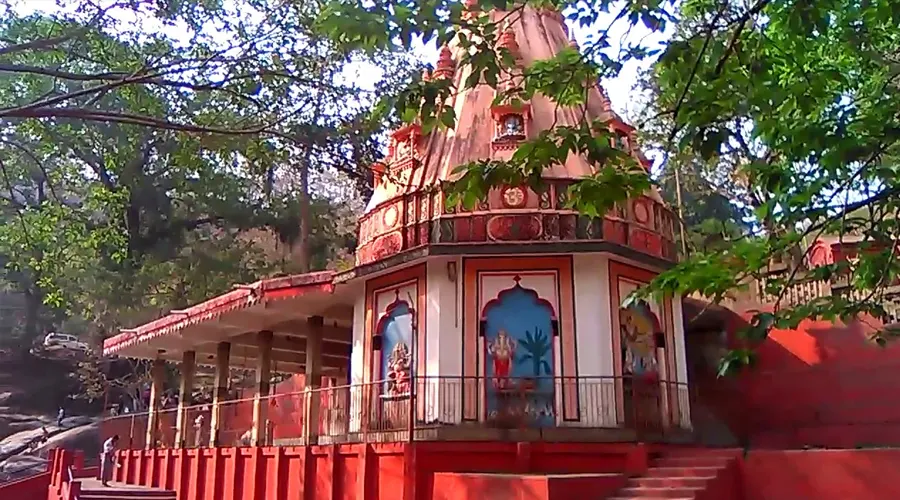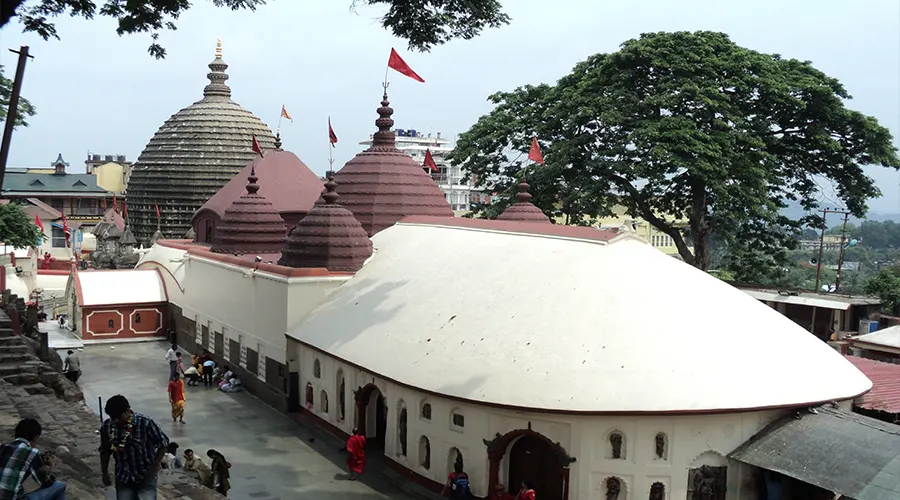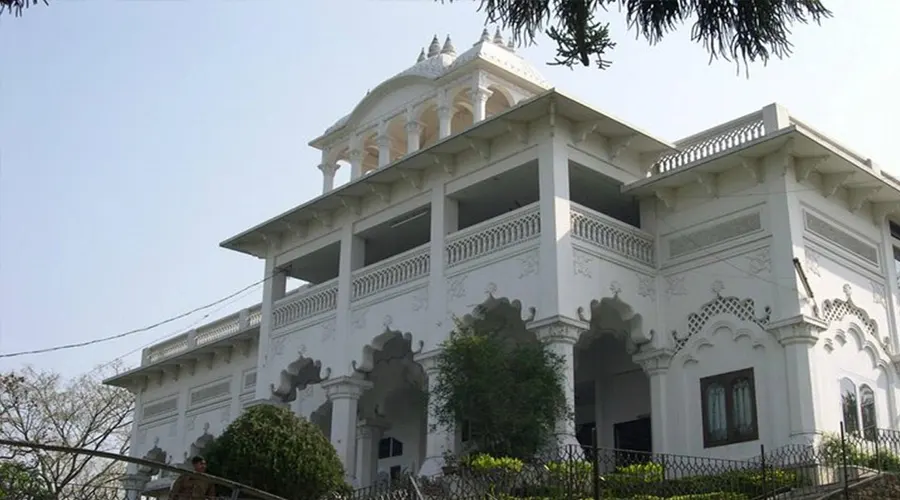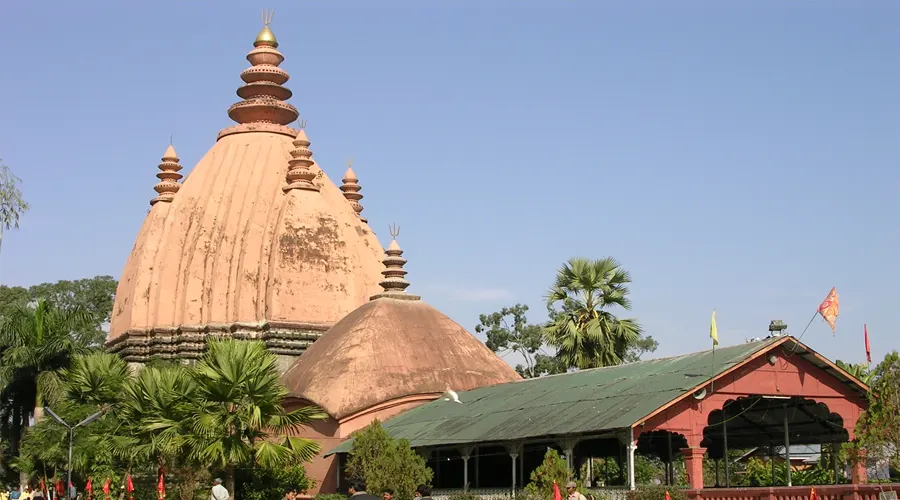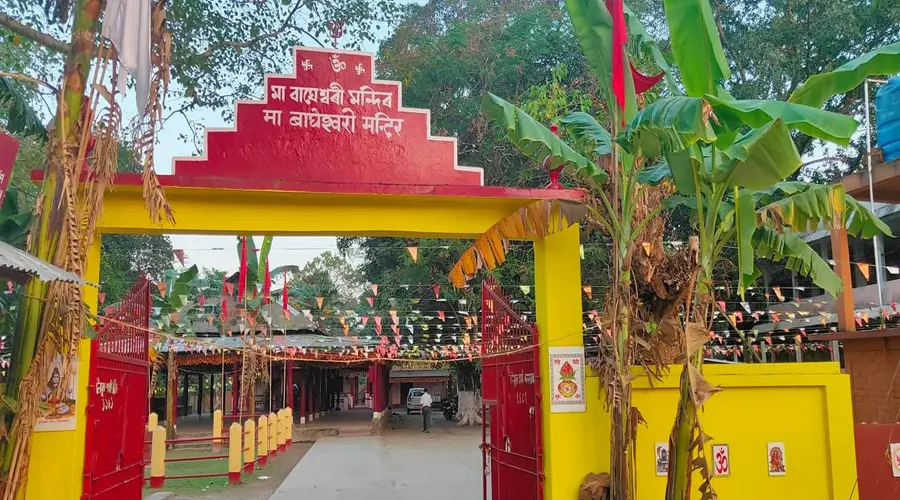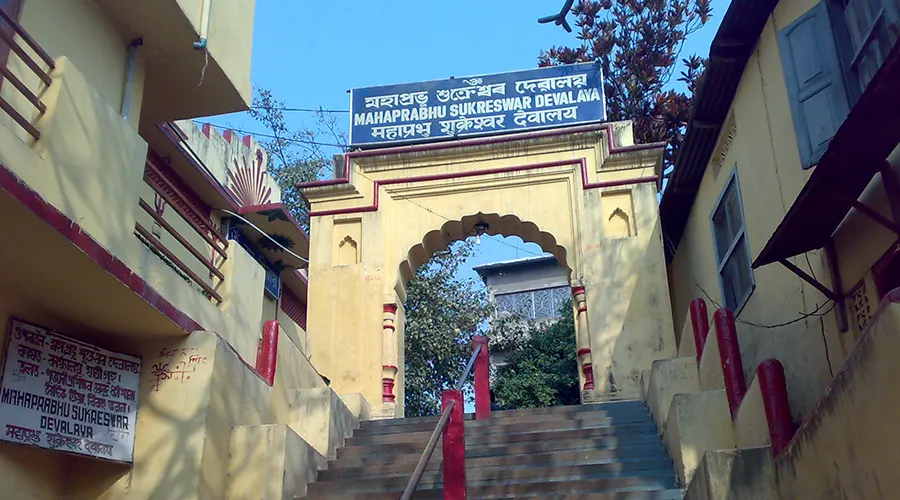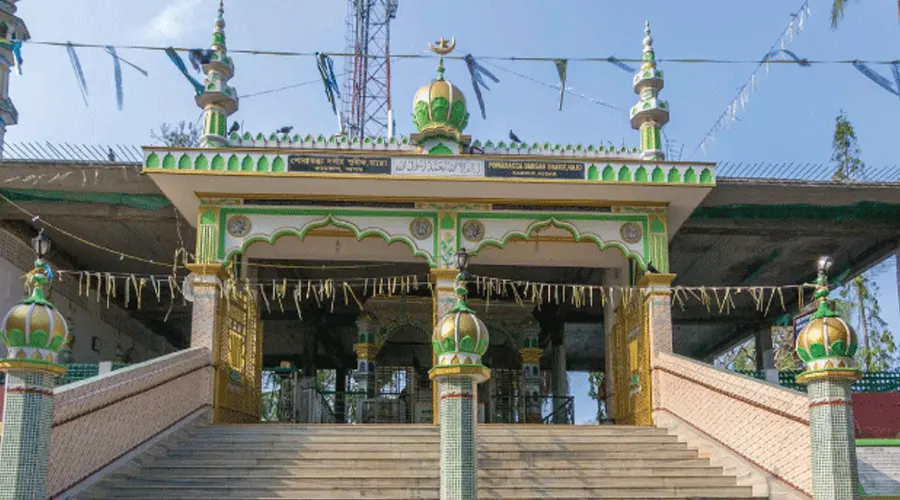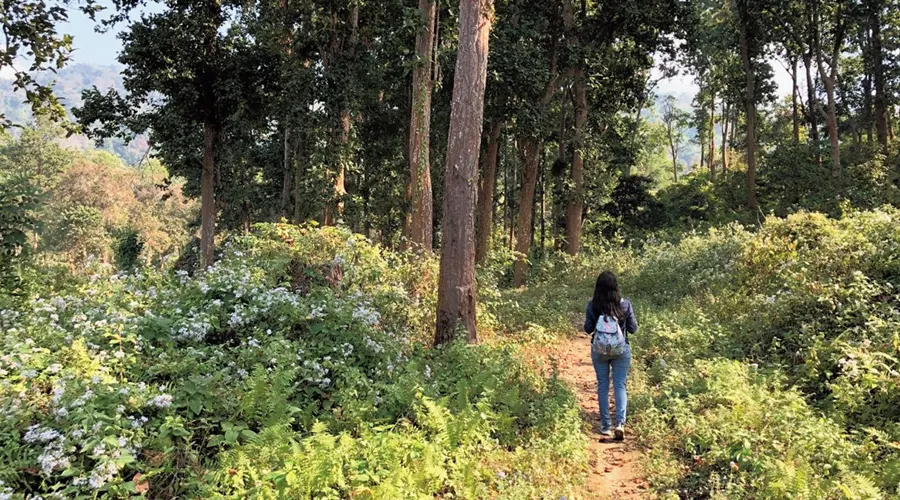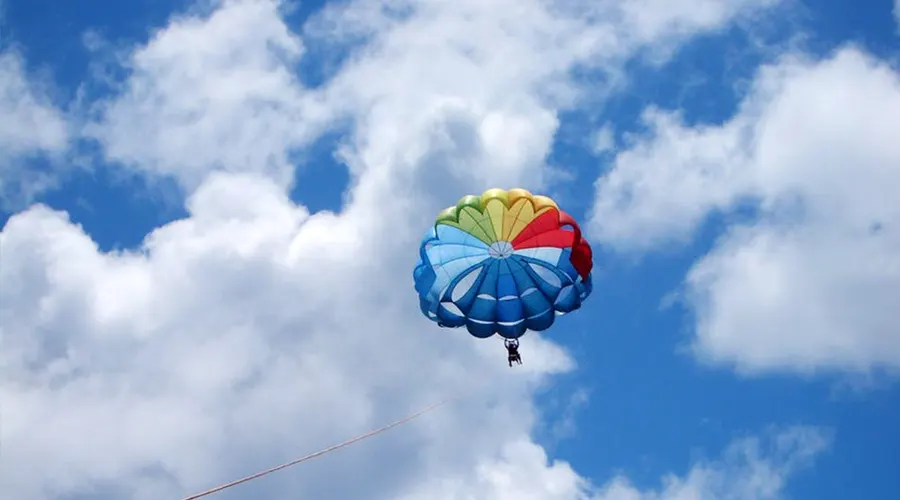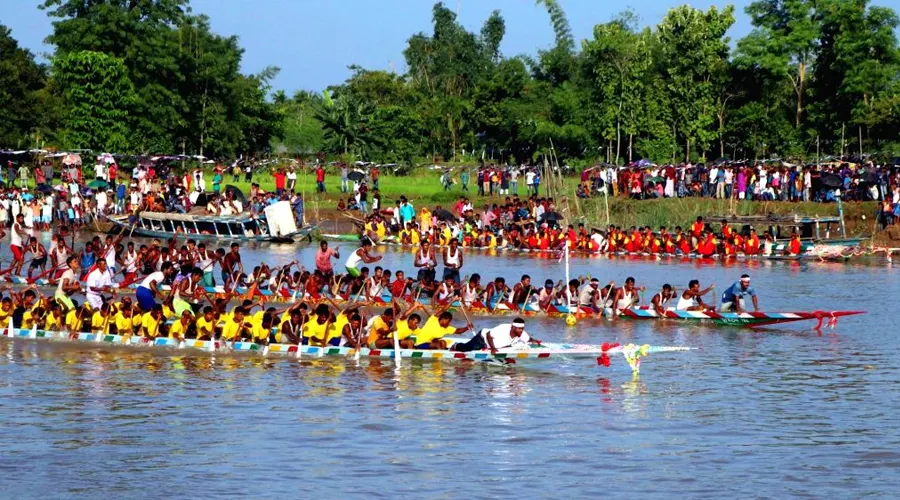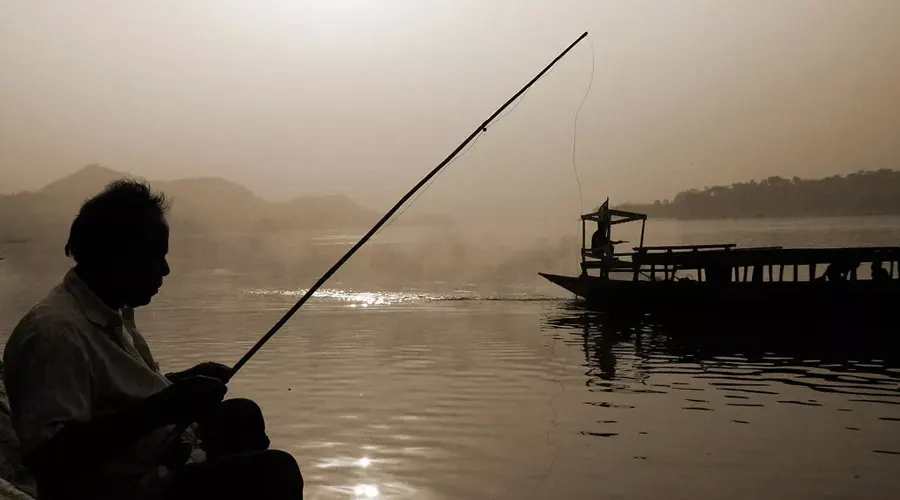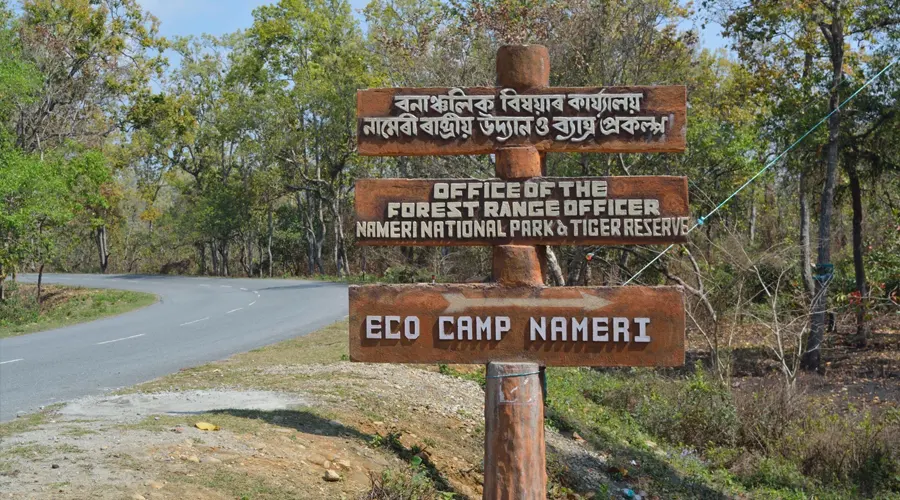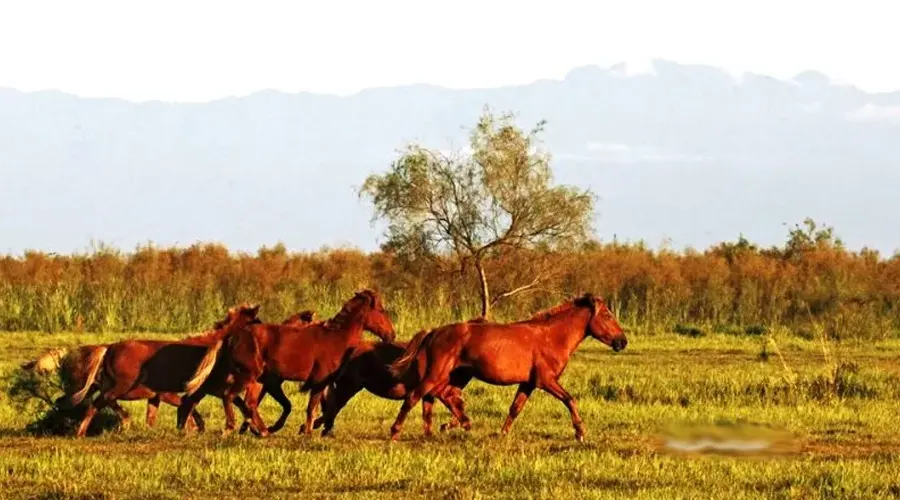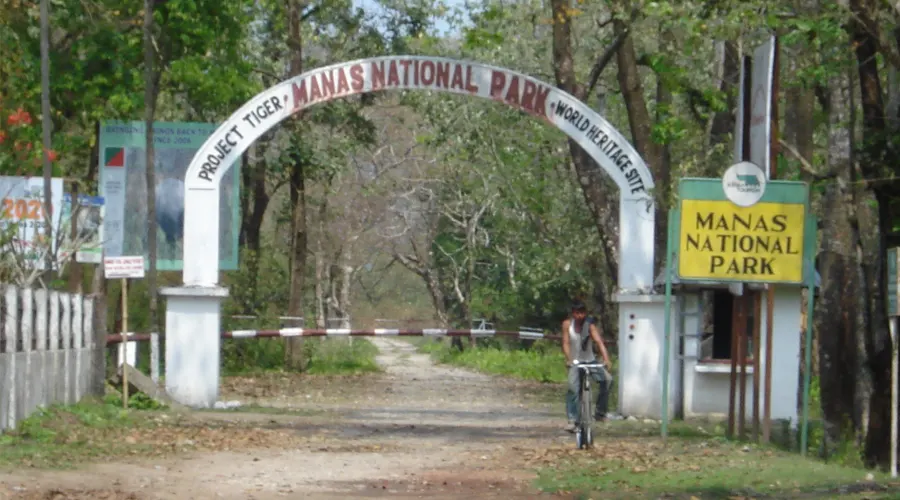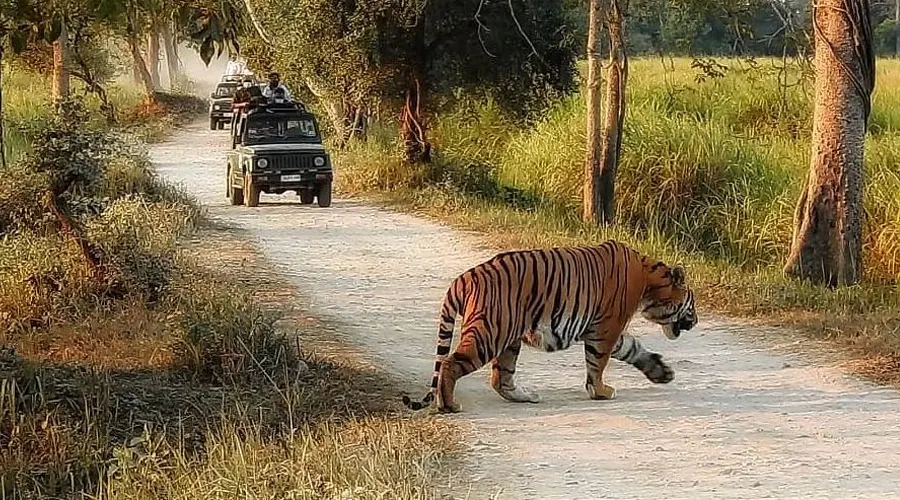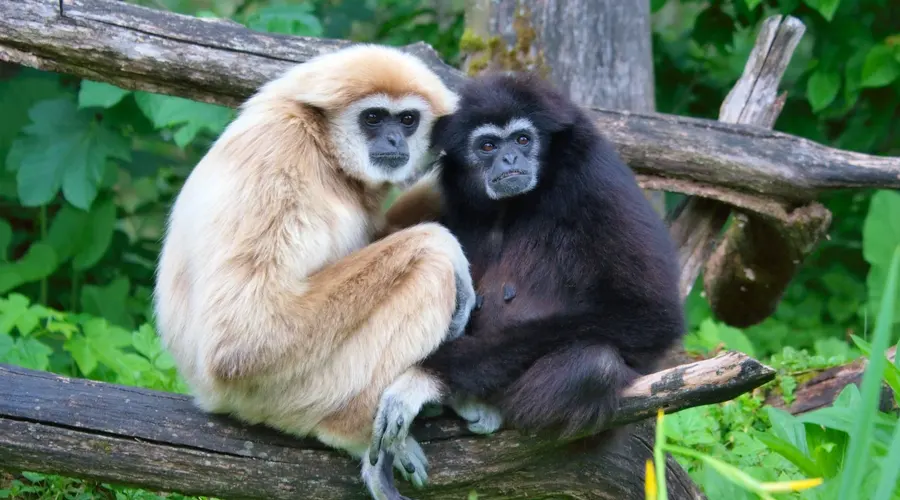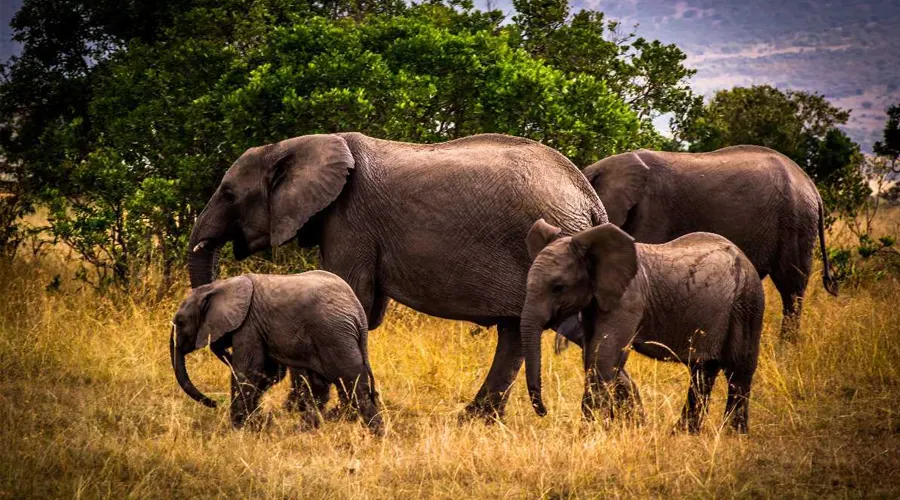Navgraha Temple
This temple is dedicated to all the nine planets Surya (Sun), Chandra (Moon), Chennai/Mangal (Mars), Budhan (Mercury), Guru/Brihaspati (Jupiter), Shukra (Venus), Shani (Saturn), Rahu (Head of Demon Snake) and Ketu (Tail of Demon Snake). Each one of the nine temples contains a Shivalinga with a colored garment symbolizing the planets. Inside the temple was dark and light came from small diyas.
However, the Navagraha Temple found on the top of Chitrachal Hill (or Navagraha Hill), in Guwahati city, Assam, India is enshrined in the shape of nine Shivalingams, representing the nine Celestial bodies, each covered with a colored garment symbolic of each of the celestial bodies, with a Shiva lingam in the center symbolizing the Sun.
This Navagraha temple is said to have been built by Ahom King Rajeswar Singha in the late 18th century and has been renovated between 1923-45.
The Temple premises and the surrendering areas give a grand look. as the temple is on a Hillock.
Its indeed a rare type of Navagraha Temple found at this place and a must-visit place for pilgrims.
History
The present temple of Navagrahas in Guwahati was built during the time of King Rajesvar Singh in 1752 AD. The upper part (Sikhara) of the temple was destroyed by the great earthquake which occurred in old times and was rebuilt with a corrugated iron sheet. The ‘Garbhagriha’, built of brick, however, exists.
The Navagrahas or the nine planets thus are being represented in the Sashtras:
Firstly Surya’s great chariot which has one wheel and is drawn by seven horses, while carrying a lotus in each of his hands, he wears armor and has a shield over his breast with the beautiful straight hair, and is surrounded by a halo of light.
Secondly, the great Chandra is been represented in white color, clothed in a white garment who is surrounded by a halo, and adorned with ornaments and garlands of all sorts of flowers.
Thirdly, Mangala is represented in fire-like red color, clothed in red garments, seated upon Simhasana, with three arms-bearing ‘Gada’, ‘Sula’, ‘Sakti’ weapons, and as one in an ‘Abhaya’ or ‘Varada’ pose.
Then, Buddha is represented in yellow color, clothed in a yellow garment, with’ three arms-bearing ‘Khadga’, ‘Khetaka’, and ‘Gada’ and in Varada pose.
In the fifth place is Brihaspati who is represented in yellow color, clothed in golden yellow garments with three arms-bearing ‘Kamandalu’, ‘Aksamala’, and ‘Danda’ and in Varada pose. Sometimes this planet is represented with two arms having a ‘Pustaka’ and an ‘Aksamala’.
Then the sixth planet, Shukra represented by white color, is clothed in white garments, having four arms and one who bears the same weapons as Brihaspati. Shukra is sometimes represented with two hands bearing ‘Nidhi’ (treasure) and ‘Pustaka’.
The seventh planet, Shani is represented in black color and is clothed in black garments, small in stature and somewhat lame on one leg. He has two arms bearing a Danda and an ‘Aksamala’ and sometimes in Varada pose.
The eighth is Rahu being represented on a ‘Simhasana’ or a silver chariot drawn by eight horses. According to some, it is possessed with four arms, three of which bear ‘Khadga’, ‘Khetaka’, and ‘Sula’ and in Varada pose and sometimes he possesses two arms carrying a book.
The last, ninth planet is the Ketu being represented in dark color having two arms in Abhaya pose holding a ‘Gada’, and sometimes on a chariot drawn by ten horses.”

